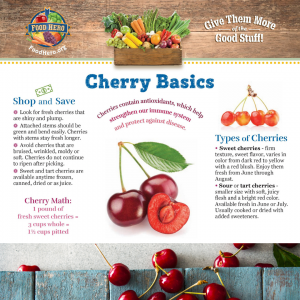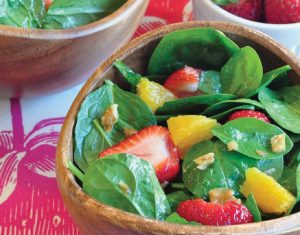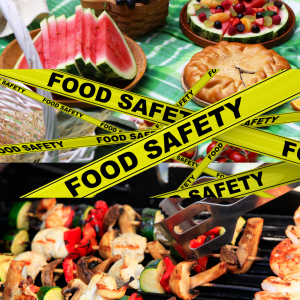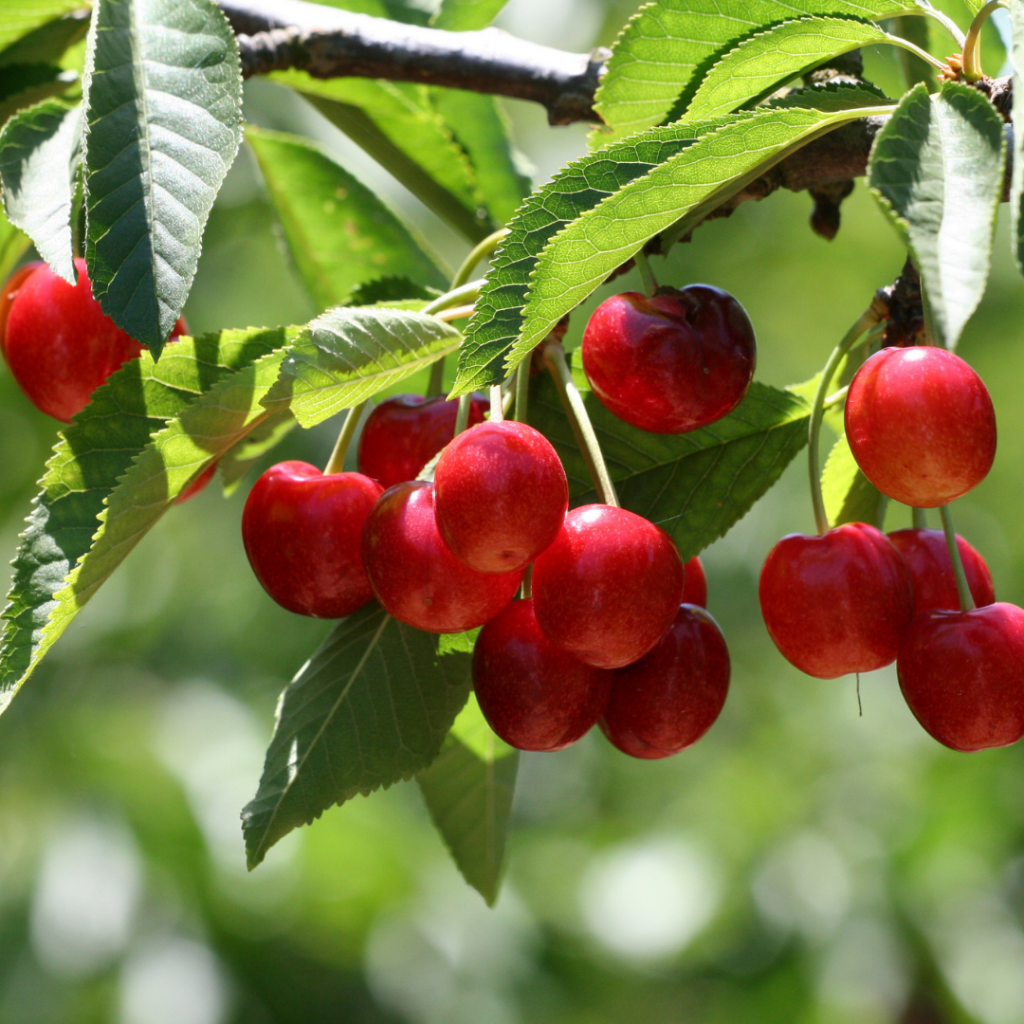Uncategorized
OSU Extension – May 2021
The Warm Springs OSU Extension Service is focused on CHERRIES this month. Including recipes for a Cherry Puff Pancake and Cherry Scones.
They recommend a yummy Spring Green Salad,



And the remind us of the importance of: SUMMER FOOD SAFETY
Foodborne illness is common during the summer months when· warm temperatures promote bacterial growth. Pregnant women, young children, older adults and people with AIDS, cancer and other diseases that affect the immune system are particularly susceptible.
Moist, protein-rich foods (such as fried chicken, roast beef, ham, baked beans, potato and pasta salads, deviled eggs, and cream pies) need to be handled carefully.
To keep picnic food safe to eat, keep these hints in mind:
Shopping
- Buy perishable foods last and get them home right away. Have an ice chest or insulated bag in your car with ice or coolants to transport food home or to an event. If you’re on your way to the picnic site, put them right into a portable ice chest or insulated bag with coolants. (You can make your own ice pack by freezing water in a milk carton.) Never leave perishables in a hot car.
Picnic Set-up
- Cleanliness is as important at the picnic site as it is at home. If there won’t be running water available, take soap and a jug of water along. Everyone should wash their hands before preparing food. Disposable hand wipes can be used if you’ll be hiking some distance from your vehicle.
- Microorganisms can cling to raw fruits and vegetables. Be sure to wash them at home or at the picnic site before you eat them.
- Keep perishable food cold until you’re ready to serve it. When possible, put the cooler in the shade and keep the lid on. Plan to eat the food soon (preferably within an hour or two).
Barbecuing
- Cook meat and poultry thoroughly to destroy bacteria that grow in animals’ intestinal tracts. Ground meat should be well-done (brown throughout). Poultry shouldn’t be pink. For a backyard barbecue, meat can be partially cooked in the oven or microwave just before grilling.
- Don’t spread bacteria from raw meat and poultry to other food. Wash your hands after handling meat and poultry. Use clean plates and utensils when you take the cooked meat and poultry off the grill.
Handling leftovers
- Perishable food shouldn’t be held at lukewarm temperatures ( 40° to 140 ° F) longer than 2 to 3 hours. Put it back into the cooler or refrigerator as soon as you finish eating. Don’t leave the food out when you go for a swim or a hike. If perishable foods haven’t been kept at the right temperature, throw leftovers out. It’s not safe to save them for another meal at home. When you won’t have a way to keep perishable picnic food cold, choose foods that don’t need refrigeration. Canned and dried foods are good choices. These include canned tuna or vienna sausages, corned beef, peanut butter, nuts, raw or dried fruits, raw vegetables, bread, crackers, cookies, canned pudding, and packaged snacks.
Remember, foods should not be left in the “danger zone” (60 ° – 125° F) longer than 2-3 hours, less if the temperature is over 90° . This is cumulative – does not start each time food is served. Proper handling and storage is important to prevent food borne illness. Bacteria multiply most rapidly at temperatures of 60 ° – 125 ° F.
Source: OSU Master Food Preserver Program
There are also great recipes for making Tabouli Bulgur Wheat Salad ,Spring Green Salad, and Rhubard Blueberry Crisp!
For more information about food safety, preservation, nutrition and meal planning ideas – contact the Warm Springs OSU Extension Office at 541-553-3238.

